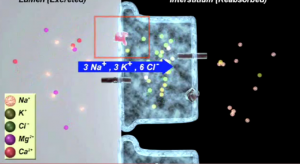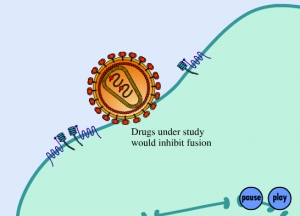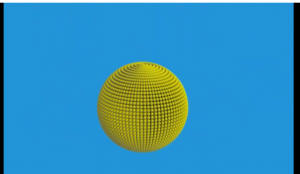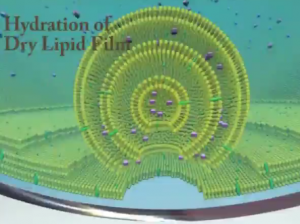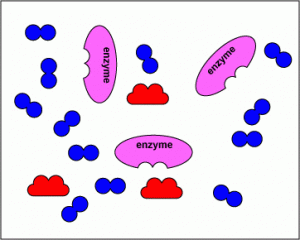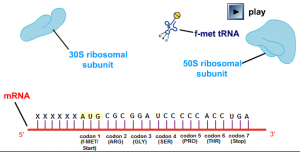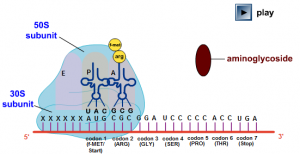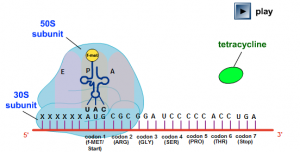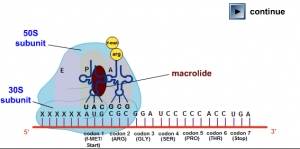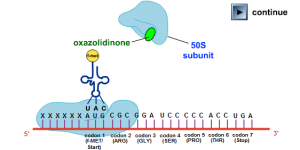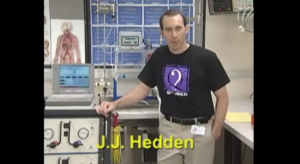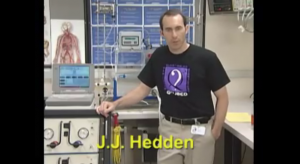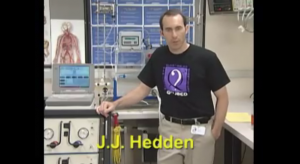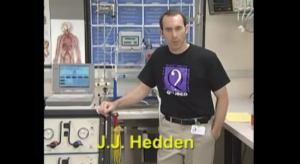Animations which will help students learn a whole plethora of subjects easily. Visual aids to guide students to learn better.
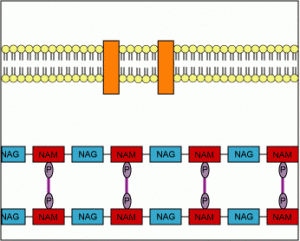
New peptidoglycan synthesis occurs at the cell division plane by way of a collection of cell division machinery known as the divisome. Bacterial enzymes called autolysins, located in the divisome, break both the glycosidic bonds at the point of growth along the existing peptidoglycan, as well as the peptide cross-bridges that link the rows of sugars together. Transglycosidase enzymes then insert and link new peptidoglycan monomers into the breaks in the peptidoglycan. Finally, transpeptidase enzymes reform the peptide cross-links between the rows and layers of peptidoglycan to make the wall strong
Animation of Synthesis of Peptidoglycan Layer
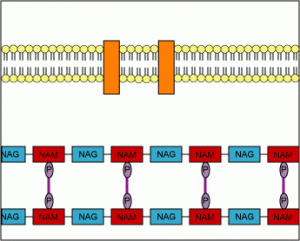
Mechanism of Action of Penicillin- by inhibition of transpeptidase and preventing the remodeling of the peptidoglycan layer
Mechanism of Action of Penicillin
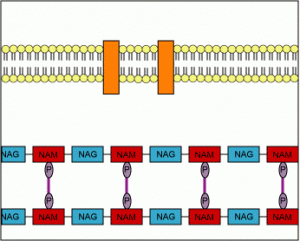
Older animation describing the mechanism of action of vancomycin by inhibition of peptidoglycan layer biosynthesis
Mechanism of Action of Vancomycin
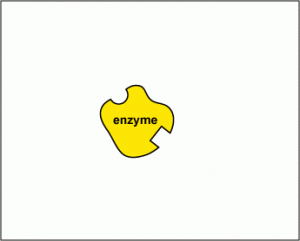
Mechanism of Action of Quinolones and Fluoroquinolones by inhibition of DNA gyrase (DNA topoisomerase)

